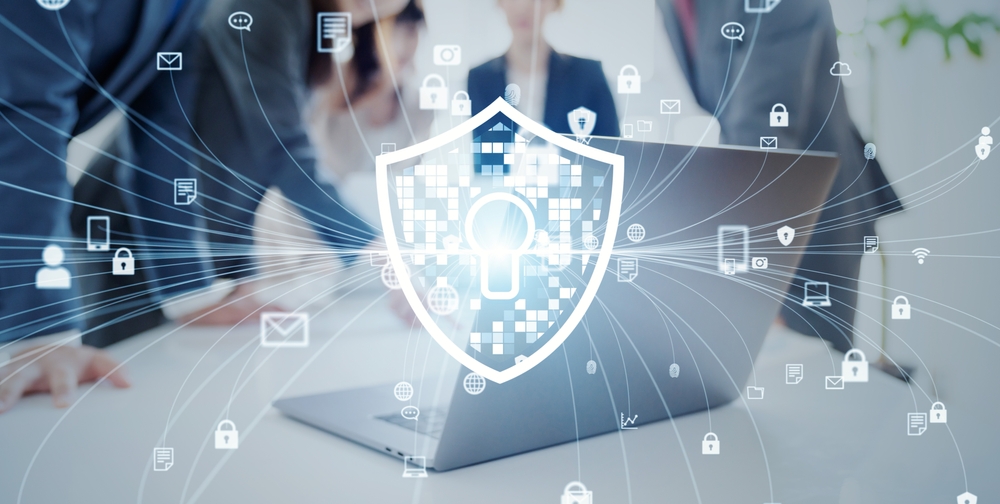Balancing Data Security and Privacy in the Digital Age
Introduction
Data Security and Privacy in the Digital Age: In today’s interconnected world, data security and privacy have become paramount concerns for businesses and individuals alike. As cyber threats evolve and the amount of data we generate increases, striking the right balance between protecting sensitive information and respecting user privacy is more crucial than ever. This article explores the relationship between data security and privacy, the challenges involved in balancing the two, and strategies for achieving this balance in the digital age.
Understanding Data Security and Privacy
Data Security refers to the measures and practices put in place to protect data from unauthorized access, theft, and damage. This includes encryption, access controls, and network security measures designed to safeguard information from cyber threats.
Data Privacy, on the other hand, is concerned with how personal information is collected, used, and shared. Privacy focuses on ensuring that individuals have control over their data and that their information is handled in a way that respects their rights and expectations.
While data security and privacy are closely related, they are not the same. Effective data security is necessary to protect privacy, but it’s possible to have strong security measures in place while still compromising privacy if data is misused or over-collected.
The Challenge of Balancing Security and Privacy
Balancing data security and privacy involves navigating several challenges, including:
1. Regulatory Compliance: Organizations must comply with various data protection regulations, such as the General Data Protection Regulation (GDPR) in the European Union or the California Consumer Privacy Act (CCPA) in the United States. These regulations require organizations to protect personal data while also giving individuals more control over their information.

2. Evolving Cyber Threats: As cyber threats become more sophisticated, organizations must constantly update their security measures. However, enhancing security can sometimes lead to more intrusive data collection practices, which may conflict with privacy principles.
3. User Expectations: Users expect both security and privacy. They want their data to be protected from breaches, but they also want to know how their information is being used and shared. Meeting these expectations requires transparency and clear communication.
4. Technology Advancements: New technologies, such as artificial intelligence and machine learning, offer powerful tools for improving security. However, they also raise privacy concerns, particularly when it comes to data collection and analysis.
Strategies for Balancing Data Security and Privacy
Achieving the right balance between data security and privacy requires a thoughtful approach that considers the needs of both the organization and the individuals whose data is being handled. Here are some strategies for maintaining this balance:
1. Implement Privacy-by-Design Principles: Privacy-by-design is an approach that integrates privacy into the development process of products, services, and systems. By considering privacy from the outset, organizations can design solutions that protect user data while still meeting security requirements.
2. Limit Data Collection: One of the most effective ways to protect privacy is to minimize the amount of data collected. Organizations should collect only the data they need for specific purposes and avoid gathering unnecessary or excessive information.
3. Use Strong Encryption: Encryption is a key tool for both security and privacy. By encrypting data at rest and in transit, organizations can protect information from unauthorized access while also ensuring that user privacy is maintained.
4. Establish Clear Data Access Controls: Implementing robust access controls ensures that only authorized personnel have access to sensitive data. This not only protects the data from breaches but also helps maintain privacy by preventing unnecessary data access.
5. Educate Employees: Employee training is essential for balancing security and privacy. Employees should be trained on the importance of data protection, how to handle sensitive information, and how to recognize potential security threats.
6. Maintain Transparency with Users: Transparency is key to maintaining trust with users. Organizations should clearly communicate their data collection practices, how they protect information, and how users can control their own data.
7. Regularly Review and Update Policies: Data security and privacy are dynamic fields that require constant attention. Organizations should regularly review and update their data protection policies to ensure they remain effective in the face of new threats and regulatory changes.
The Role of Regulations in Balancing Security and Privacy
Data protection regulations play a crucial role in ensuring that organizations maintain the right balance between security and privacy. These regulations set the standards for how data should be handled and provide guidelines for organizations to follow.
For example, the GDPR requires organizations to implement appropriate technical and organizational measures to protect personal data, while also giving individuals the right to access, correct, and delete their information. Similarly, the CCPA gives consumers the right to know what personal data is being collected and how it is being used, while also requiring businesses to implement reasonable security measures to protect that data.
By adhering to these regulations, organizations can ensure that they are meeting both security and privacy requirements, while also building trust with their users.
Conclusion
Data Security and Privacy in the Digital Age: Balancing data security and privacy in the digital age is a complex but essential task. By implementing strategies such as privacy-by-design, limiting data collection, and maintaining transparency with users, organizations can protect sensitive information while also respecting user privacy. As technology continues to evolve and new threats emerge, it is crucial for organizations to stay vigilant and adapt their practices to ensure that they continue to strike the right balance between security and privacy.
For more information on IT services and Data Security and Privacy in the Digital Age solutions, visit NABCO IT Services.
Data Security and Privacy in the Digital Age; For professional assistance with data security, contact us to ensure your organization is protected with the latest security measures.
Read more related articles to enhance your knowledge
What is Data Security? The Ultimate Guide
Why Data Security Matters: Protecting Your Information in a Digital World



